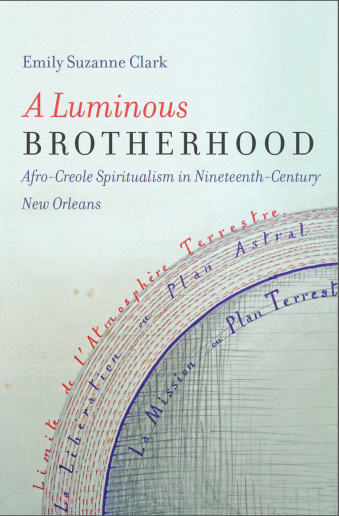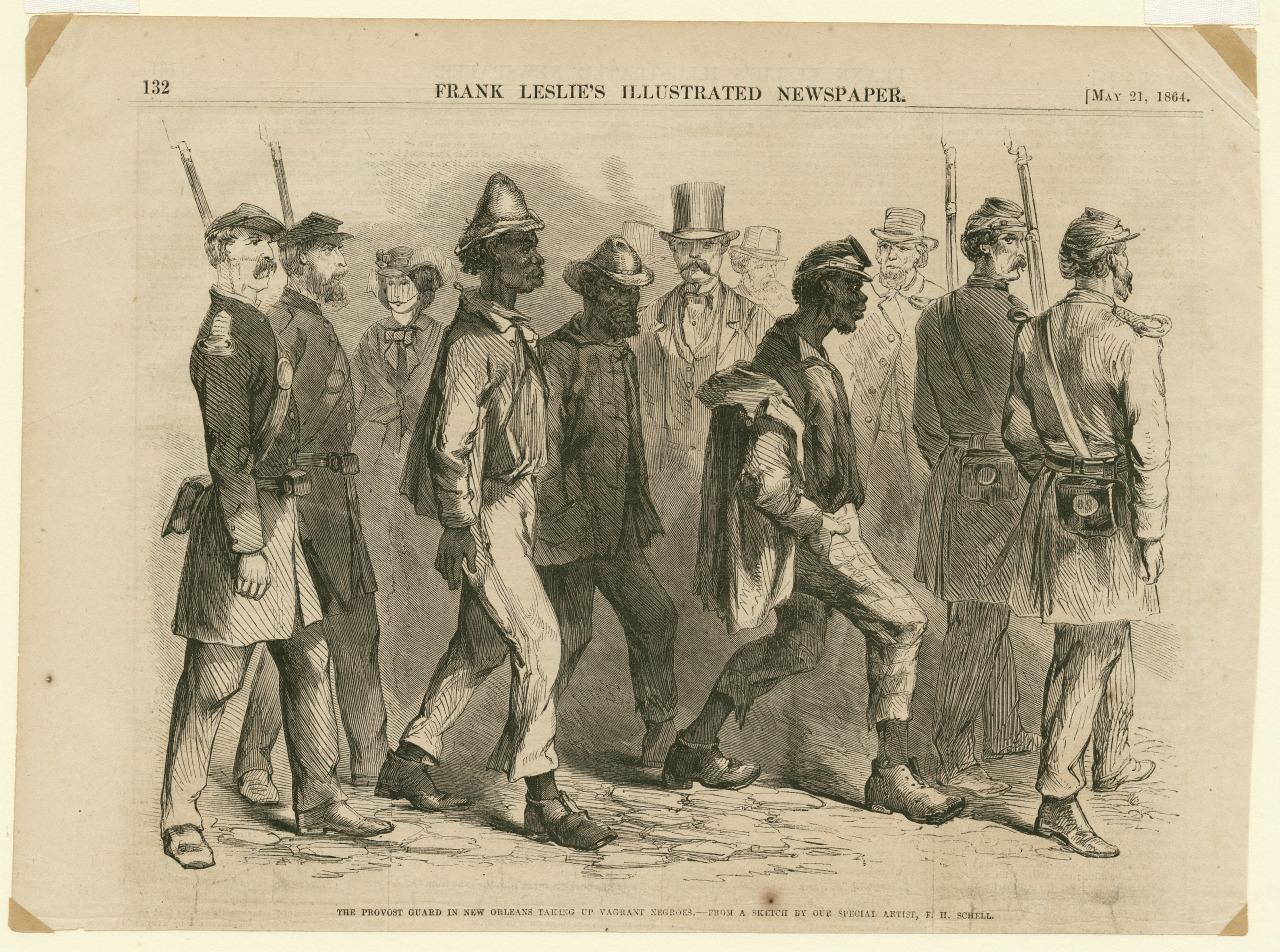“[She] Passed Down Orleans Street, a Polished Dandy”: The Queer Race Romance of Ludwig von Reizenstein’s The Mysteries of New Orleans
Studies in American Fiction
Volume 43, Issue 1, Spring 2016
pages 27-50
DOI: 10.1353/saf.2016.0005
Lauren Heintz
Department of English
California State University, Los Angeles
Ludwig von Reizenstein’s sensational, serialized novel, The Mysteries of New Orleans (1854–1855), opens with the lament that in New Orleans, “the chains of a maligned race rattle day and night” because “no angels have yet appeared to our Negritians to announce the birth of a Toussaint L’Ouverture!” Foreshadowing what is to come at the end of Reizenstein’s five-volume text, the prologue provides the first and only glimpse of the prophetic child, the “sun-god” Toussaint. The reincarnated revolutionary leader will deliver the entire U.S. South from the “evils” of slavery, instigating a bloody race war at the future date of 1871. Shortly after this auguration, we meet the couple that is to give birth to the new Toussaint. Much of the novel hinges on the fact that Toussaint L’Ouverture is to be born of a light-skinned mulatto woman (Lucy) and an effeminate, white German aristocrat (Emil), both of whom are introduced as an eroticized, cross-dressing couple. Curiously, it is when they are masquerading in each other’s clothes that the text’s revolutionary design is announced: an anachronistic and anatopistic re-imagination of the Haitian revolution led by the now interracial Toussaint.
Reizenstein is somewhat of a self-professed rogue novelist. In a spat between the newspaper that Reizentein’s text was published in, Louisiana Staats Zeitung, and its rival newspaper, the Deutsche Zeitung, the editors of the latter denounce the “wanton wiles” of Reizenstein’s text as “betraying a lack of propriety that borders on moral decadence,” a decadence that “should not be brought into the family for a few cents” (Mysteries xxi). Reizenstein returns the stab to mock the kind of domestic, sentimental piety in fiction that “will only be read by shy, superannuated virgins” (Mysteries xx). Rejecting the genre of sentimentality, Reizenstein takes his rebuttal one step further as he, too, separates himself from the “disreputable novelist Ned Buntline,” who Reizenstein claims “launched the literature of mysteries on American soil and thereby utterly killed all their enchantment” (Mysteries 1). Whether or not Reizenstein was attempting to revamp the sensational “mysteries” genre or distance himself from it, and despite Reizenstein’s all out refusal of sentimentality, he still predominantly employs the trope of the “race romance” that remains typical to both sensational “mysteries of the city” novels as well as sentimental domestic fiction. Yet in Mysteries, the cross-dressing, extramarital race romance between Lucy and Emil is certainly bawdy enough for an illicit readership searching for something beyond the sentimental romance.
While the race romance in Mysteries between Lucy and Emil is caught up in gender-play, adultery, licentiousness, and scandal, the race romance as a predominant trope in nineteenth-century sensational and sentimental fiction most commonly dramatizes the scenario of a white man falling in love with a woman of color, who is often described as being tragically light skinned. The race romance seeks to advance the promise of incorporating the person of color into the imagined white republic of the United States. But also, the race romance most often hinges on the quintessential sensationalist promise of the mixed-raced child, one who is born of an interracial union that ushers in a type of racialized utopianism. The intent of the race romance is to instigate the dissolution of the races through the appropriation and incorporation of the interracial child into whiteness. Yet, while the above is the idealized scenario of the race romance introduced in nineteenth-century fiction, more often than not the race romance unravels as an all out doomed enterprise by the end of the novel. In Dion Boucicault’s The Octoroon (1859), for example, in the U.S. version of the play, the story ends with the tragic death of the octoroon heroine Zoe in the arms of her white lover George; in Lydia Maria Child’s Hobomok (1824), the “noble savage” Hobomok leaves his white lover, Mary, and their son, Hobomok, for the sake of white domesticity as Mary nurtures her…





